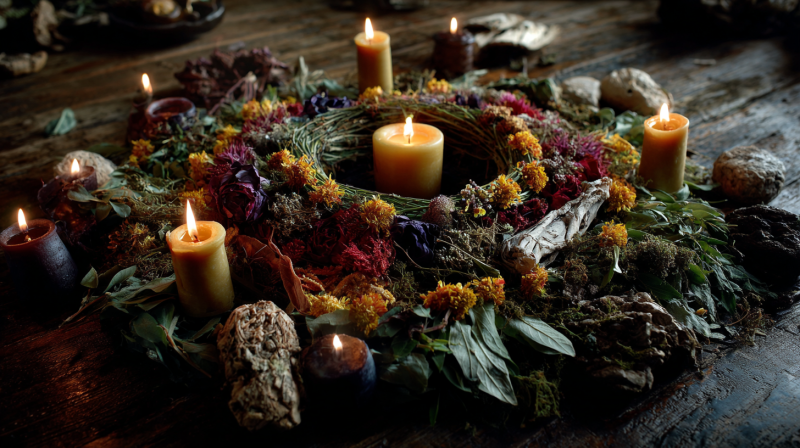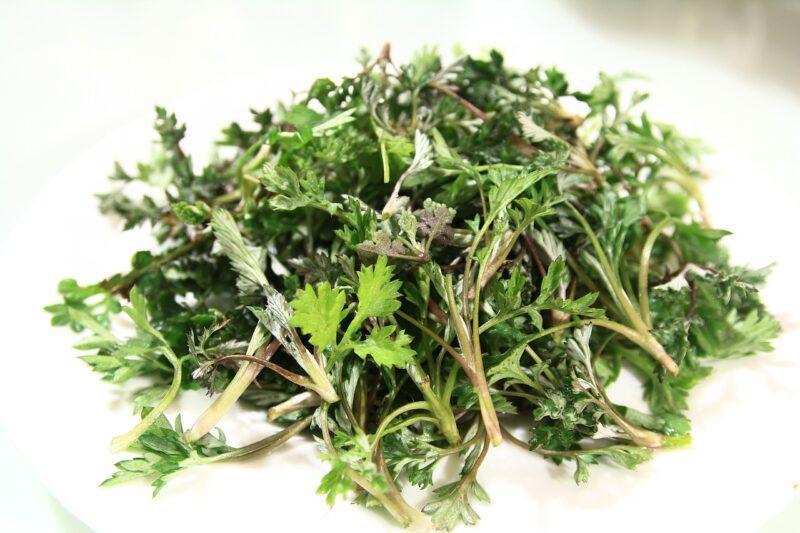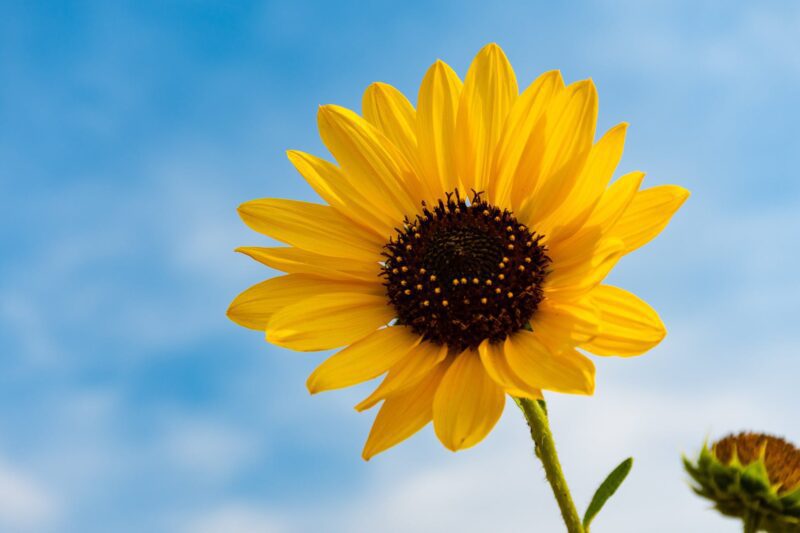The history of roses is complex and interesting. The rose is 35 million years old, according to fossils. There are now more than 30,000 different kinds of roses. This makes the rose family tree the type of flowering plant with the most different kinds.
Rose cultivation most likely began some 5000 years ago in Asia. They have been a part of the human experience since then, and references to the flower may be found in many ancient tales.
And there are so many great stories about roses throughout history that we can all recognize.
The rose was named after Aphrodite in Greek mythology, but Chloris, the goddess of flowers, actually created it. When Chloris was cleaning up in the forest one day, she found the dead body of a beautiful nymph. Chloris recruited the help of Aphrodite, the goddess of love, who gave her beauty, and Dionysus, the god of wine, who provided nectar to give her a lovely aroma, to remedy this injustice. When it was their turn, the three Graces bestowed charm, brightness, and delight on Chloris. Then Zephyr, the West Wind, drove away the clouds, allowing Apollo, the sun god, to shine through and cause the flower to bloom. So the rose was born.
In another ancient Hindu tale, Brahma (the creator of the world) and Vishnu (the defender of the world) debated whether the lotus or the rose was more lovely. Vishnu sided with the rose, whereas Brahma sided with the lotus. Brahma, on the other hand, had never seen a rose before, and when he did, he quickly recanted. As a reward, Brahma made a bride for Vishnu, whom he named Lakshmi. She was constructed from 108 large and 1008 little rose petals.
Thousands of years later, on the other side of the planet in Crete, there are frescoes dating from around 1700 BC that depict a rose with five-petaled pink blossoms. Discoveries of graves in Egypt have found flower wreaths, including roses. The oldest known instance of a living rose species is the wreath that English archaeologist William Flinders Petrie discovered in Hawara’s tomb, which dates to around AD 170.
When peasants were forced to grow roses instead of food crops to meet the demands of their rulers, roses became associated with the worst parts of the Roman Empire. For their feasts and orgies, the emperors filled their swimming pools and fountains with rose water and sat on mats of rose petals. Roses were utilized as confetti at weddings, as medicine, and as a source of perfume. Heliogabalus enjoyed showering his guests with rose petals that fell from the ceiling during festivities.
In the 1500s, groups fighting over who would rule England used the rose as a symbol. The white rose symbolized York, while the crimson rose represented Lancaster. The war between these factions, predictably, became known as the War of the Roses.
Roses were in such high demand in the seventeenth century that roses and rose water were regarded as legal currency. In this function, they were utilized as barter in markets and for any payments owed to the monarchy by the ordinary people. Napoleon’s wife, Josephine, was so fond of roses that she amassed a large collection at Chateau de Malmaison, an estate seven miles west of Paris. This garden of over 250 rose types became the scene for Pierre Joseph Redoute’s botanical illustration work, and it was here that Redoute produced his watercolor collection “Les Rose,” which is today regarded as one of the finest records of botanical illustration.
Cultivated roses did not enter Europe until the late seventeenth century. These Chinese introductions were repeat bloomers, which piqued the curiosity of hybridizers who no longer had to wait for their roses to blossom once a year.
Experts today tend to split all roses into two classes based on this introduction. There are old roses (those grown in Europe prior to 1800) and modern roses (those that began to be cultivated in England and France around the turn of the 19th century).
Until the early nineteenth century, all roses in Europe were pink or white. Around 1800, our love icon of the red rose arrived from China. A few decades later, unusual green roses appeared.
Around 1900, bright yellow roses entered the palette. The finding is attributed to the Frenchman Joseph Permet-Ducher. He had spent more than 20 years cultivating roses in search of a hardy yellow variation when he simply happened across a mutant yellow flower in a field one day. Since then, we’ve had yellow and orange roses.
The rose is an incredible plant that is rightfully renowned as the world’s favorite flower. No other flower has ever had the same level of popularity as the rose in the last five years. Roses are the most extensively planted ornamental plant in temperate climates, and they are always in style as cut flowers.
Gardeners worldwide are projected to buy 150 million plants each year, and clever breeding efforts have produced a plant that dominates the world’s cut flower industry; the yearly output is measured in tons. Roses have also contributed significantly to the perfume business.
Roses have a long history and are deeply ingrained in our culture and history. The rose has been and continues to be a motif in many national emblems. It has been adopted by numerous political forces, corporations, and a number of worldwide events. It should come as no surprise that hobby gardeners all over the world highly value and cultivate many of the beautiful rose varieties.





